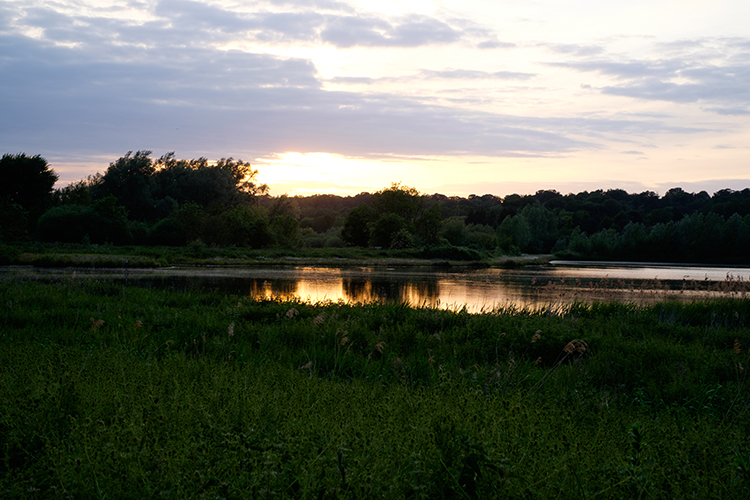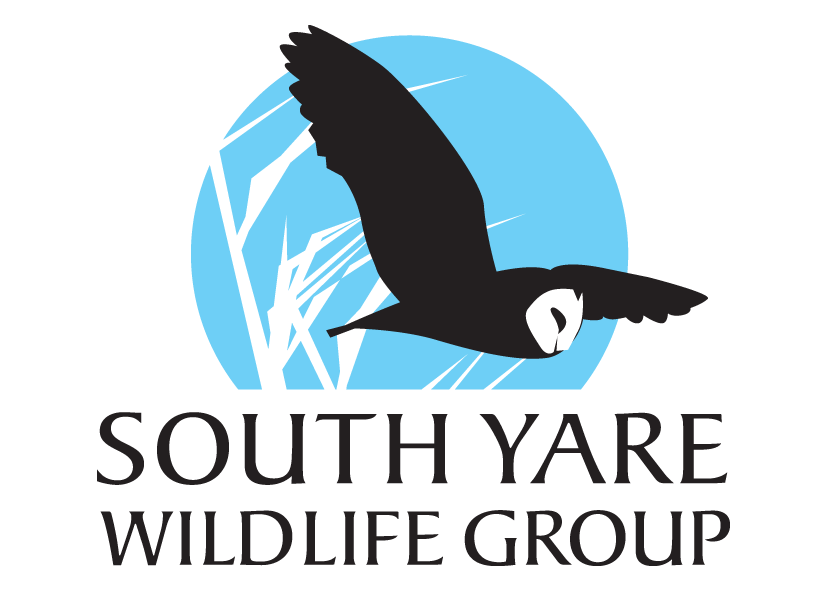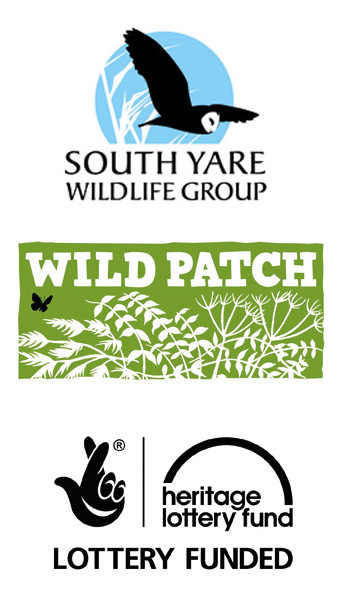
25 of us, most of whom were SYWG members, were lucky to have fine weather for our visit to Thorpe Marshes which lies between the Norwich and Great Yarmouth railway line and the River Yare.
Chris Durdin was our personable and knowledgeable guide for the evening. Chris began by giving us a succinct account of the marsh’s history. It is leased by the Norfolk Wildlife Trust from the Crown Point Estate, who manage it as their first urban nature reserve. The marshes are a popular area for people to walk their dogs and the Trust has continued to encourage public access by providing reasonably hard surfaced paths.
Around sixty years ago though it was ploughed and sown with rye grass to provide pasture for 60 Friesan dairy cows. Gravel extraction also occurred on part of the site and has created a large area which is now an open water broad while the intensively managed pasture has undergone a degree of re-wilding. Fortunately the dairy farmer did not use herbicide and this has meant the wild seed bank was not completely destroyed. Part of the area is still grazed in the summer by cattle but at a lower intensity than formerly and with conservation as its primary aim. Another part has been left ungrazed and we could see the difference some grazing makes. The ungrazed part has more willow carr and reeds while in the grazed area the amount of sedge was very noticeable.

A great turn-out for the walk
For a small site (25 ha) there is a considerable variety of wetland habitats due to its floodplain location, past history and the present management. One highlight was the abundance in one dyke we walked beside of water soldier, a plant associated with both the Norfolk Hawker dragonfly and good quality water. We did not see any hawkers but we came across several Common Blue Damselflies in an area of sedge and rush. A lucky few also might have heard the sewing machine song of a Grasshopper Warbler which Chris thought there was hidden somewhere out in the sedge!
We were more often serenaded by the rhythmic song of Reed Warblers, while the black head of Reed Buntings could be seen on willow bushes singing their simpler, chinking song. On an open area amongst the flag and sedge we could just make out a Lapwing which looked as if it could be sitting on a nest. Just when we wondering if we were correct to think so a Jackdaw flew over and another Lapwing that had been out of sight, its mate, flew up to drive it away which it did successfully. I think we all hoped the pair will continue to succeed but not being in a colony Chris thought they will be vulnerable to predators such as corvids, mustilids rats and foxes.

Enjoying the last of the light
At the look out point over the broad we watched 6 Tufted Ducks and some Gadwall while a pair of Mute Swans swam along the opposite bank shepherding their half dozen cygnets. Chris seemed surprised to see the tufties. Behind us high in a riverside tree a Chiff-chaff entertained us with first its two syllable song and then its huitt call. A pair of young crows were rather awkwardly trying to keep their balance in the top of a tree. About this time we witnessed a rapid reversal of the flow in the River Yare as the tide seemed to change in a blink of an eye.
Two Shelduck flew over which were the first Chris said he had seen this year. Other birds that we saw or heard included Greenfinch, Wren, Mallard, Jays, Woodpigeon, Stock Dove, Blackheaded Gull, Cetti’s Warbler, Blackbird, Kestrel and Grey Heron, one of which was sitting hunched on a post in the broad. By the time we arrived back at the entrance Song Thrushes were singing in the trees near the road. Some of the other plants Chris pointed out were the Meadow Buttercup, Frogbit, Ragged Robin and, beside the dry path, Oxeye Daisy.
I am sure everyone will agree we had a lovely excursion. For several of us it was our first visit to the reserve and we have a learnt a bit more about our local area. Thank you again Chris and thanks also to the other Chris (Popplewell) for organising it for the Group.

The sun sets over the broad
Words by Rodney Aldis

